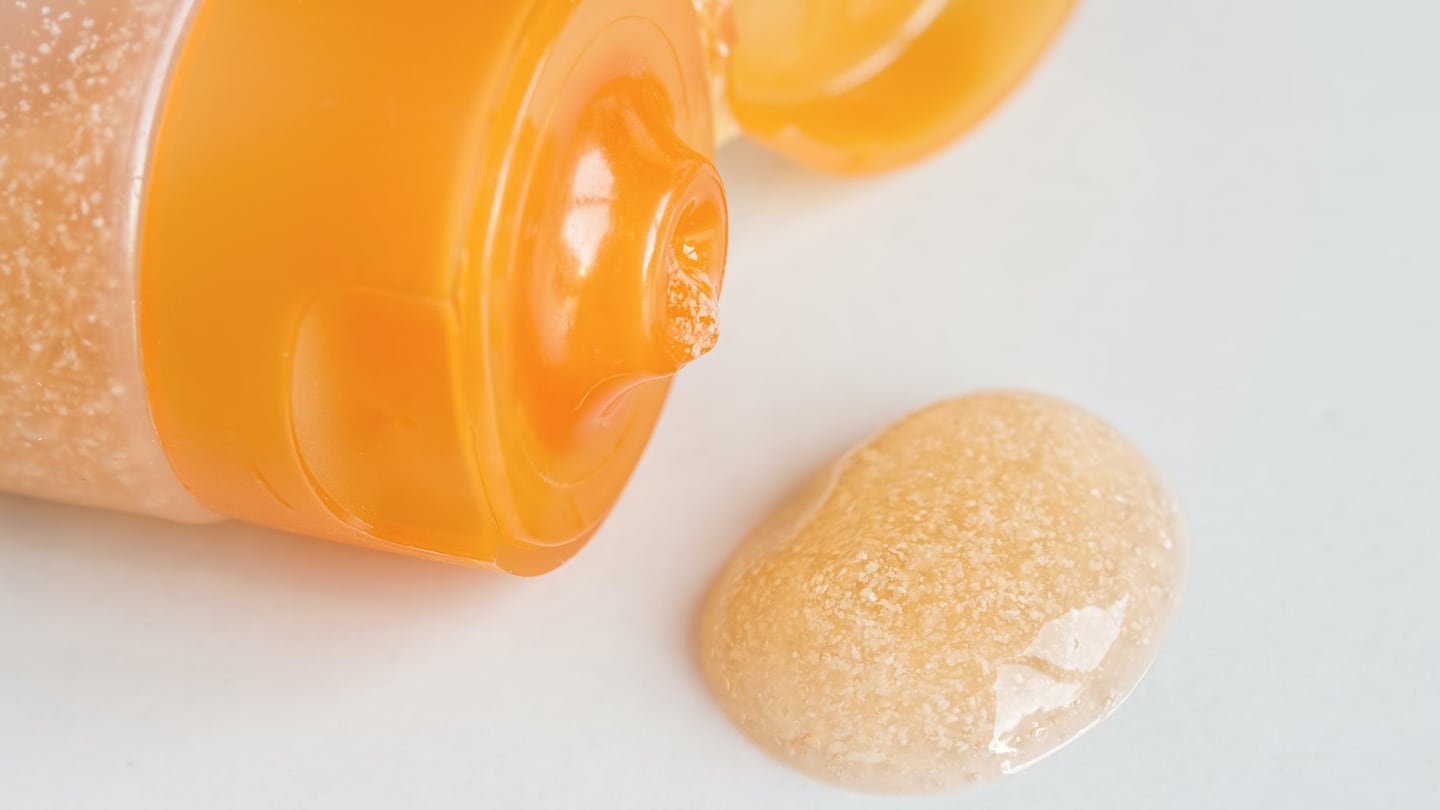
The Business of Fashion
Agenda-setting intelligence, analysis and advice for the global fashion community.

Agenda-setting intelligence, analysis and advice for the global fashion community.

LONDON, United Kingdom — A proposed European Union ban on deliberately adding microplastics to products like cosmetics, detergents and agricultural fertilisers is expected to cost the cosmetics industry upwards of €8 billion, leaving the sector the potential regulation's biggest loser, according to a proposal published by the European Chemicals Agency on Wednesday.
The pollution caused by these tiny bits of plastic has become a hot button issue in recent years, driven by concerns over their impact on the environment and human health.
Europe, which is also the world's largest cosmetics market, has been particularly focused on the issue. Amid growing awareness of the volume of tiny plastic particles making their way into the world's waterways, the EU has made restricting their intentional use in products part of its plastics strategy.
The ECHA estimates that microplastics added to products result in close to 36,000 tons of plastic getting released into the environment every year.
ADVERTISEMENT
A ban would force the industry to find new recipes for 24,172 formulas with no readily available alternative.
The UK has already banned the use of controversial solid plastic microbeads used in exfoliating products. Anticipating further restrictions, the cosmetics industry has already made strides to phase out microbeads across European markets. But the new ban proposed by the ECHA goes further, and will apply to other forms of microplastic that are still added to a wide variety of beauty products.
The proposed ban will affect a broad range of products, including fertilisers, detergents and paints. But while the tiny plastic particles are most commonly used in the agricultural sector, removing and replacing them in beauty products is expected to incur by far the highest costs, according to the ECHA.
The industry has previously pushed back against a broad ban on microplastics, arguing that replacing the materials would be technically challenging and expensive, and that the amount of microplastic pollution caused by beauty products is minor.
According to a 2018 presentation by trade association Cosmetics Europe, a ban would force the industry to find new recipes for 24,172 formulas with no readily available alternative, and cost the sector more than €12 billion a year in lost revenue.
U.K. industry trade body The Cosmetic, Toiletry and Perfumery Association, was critical of the ECHA's proposal, arguing that there isn't scientific evidence that the microplastics used in cosmetics are a source of marine pollution.
"CTPA is very disappointed with the European restriction proposal, because it will have a disproportionate impact on the cosmetics industry with no measurable benefit to the marine environment," CTPA Director-General Emma Meredith said in a statement, warning that the ban could "severely impact the cosmetic products available to consumers."
The ECHA said the proposed ban is affordable and will provide a transition period that gives the industry time to adjust. The proposal is still subject to further assessment. It is expected to be sent to the European Commission for decision making in early 2020.
Related Articles:
[ Making the Business Case for SustainabilityOpens in new window ]
[ UK Bans Microbeads in Beauty Products to Save Oceans From PlasticsOpens in new window ]
Demand for the drugs has proven insatiable. Shortages have left patients already on the medications searching for their next dose and stymied new starters.
The company reported a long-awaited lift in net sales in its third quarter results, with increases from skincare leading the way, but clouds persist over its China recovery.
As awareness grows about the perils of sleep deprivation, beauty and wellness brands are flooding the market with an array of products to cash in on the booming opportunity.
Going public is usually a pivotal moment in a company’s history, cementing its heavyweight status and setting it up for expansion. In L’Occitane’s case, delisting might be a bigger conduit for growth.